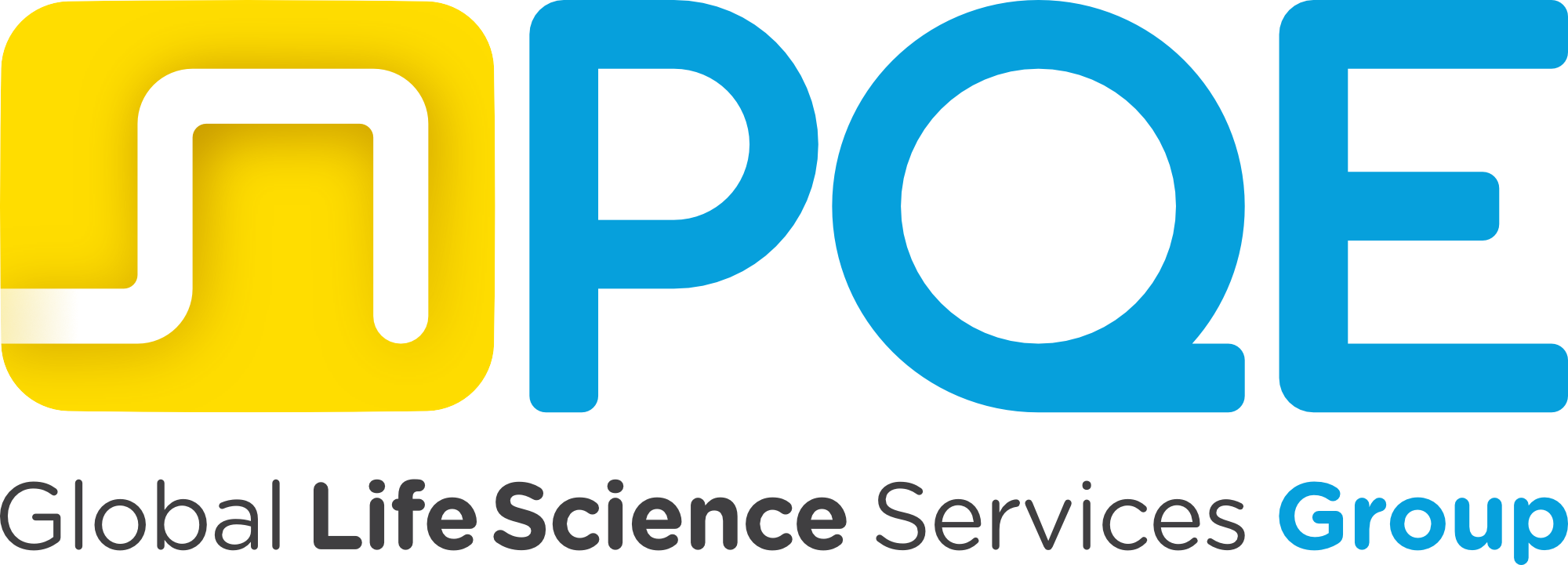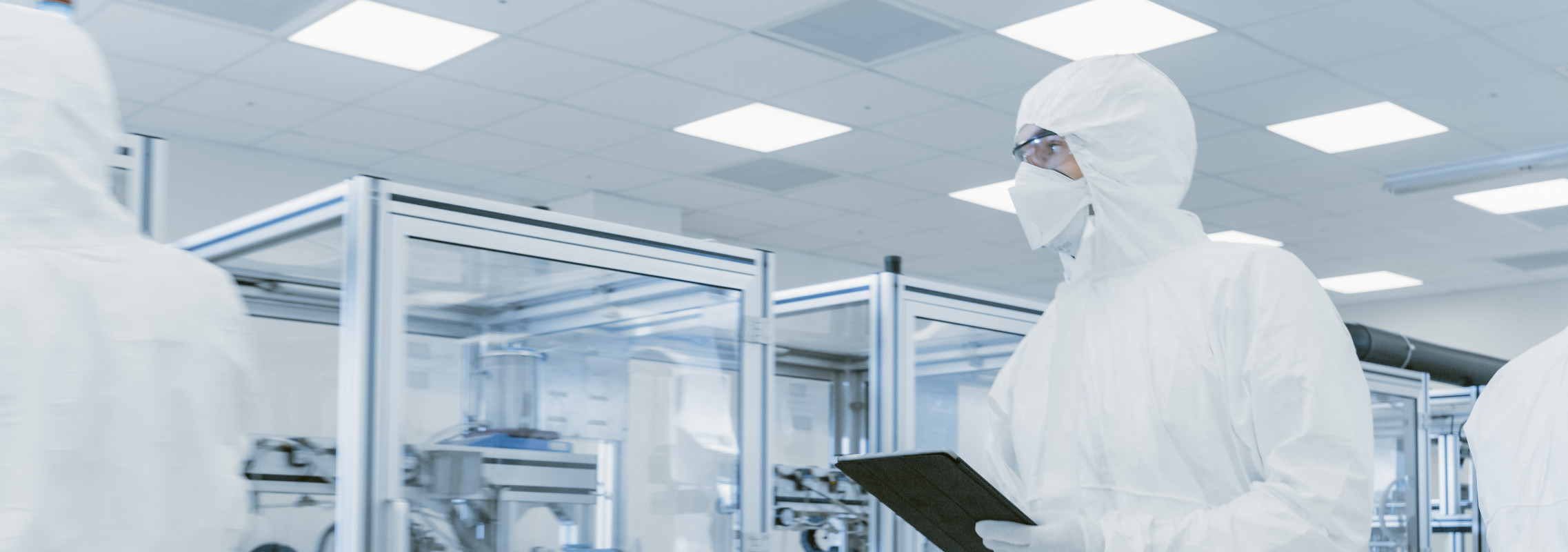Let’s consider just an example: the sampling plans for microbial and particle contamination of the manufacturing areas are usually defined (and now EU GMP Annex1 clearly states this requirement) based on a risk assessment study, that should take into account all the environmental and operational parameters resulting to be critical for the particle and microbial load of the production areas. Such a study can define a sampling plan in details, in terms of number and location of the sampling points, sampling methods to be used, sampling volumes, sampling frequencies and so on.
Now, what if the same approach was applied even to a monitoring activity that is usually (and wrongly) underestimated and considered as simple, the personnel monitoring? Cleanroom personnel monitoring is a critical activity aimed to assure not only a reliable control over the bioburden and microflora composition of the cleanrooms, but also for the qualification and overview of the personnel themselves. Indeed, microbial sampling on sterile operators’ suits is actually applied not only for routine monitoring but also for personnel qualification. From this perspective, the importance of defining an effective monitoring plans, even on a “simple” area like an operator suit, becomes evident. But applying a risk assessment tools at this purpose, can bring out one important –but not so evident- aspect: personnel routine monitoring is totally different from personnel qualification. In the former case, the most critical areas of the sterile suit to be monitored are the ones most likely to get in contact with surfaces (or be touched by the operators themselves) during working activities: usually, they may be gloves, forearms, chest, goggle, neck and so on. In the latter case, the monitoring plan is aimed to verify that the operator can wear the sterile suit in compliance with the operational procedures in place, and thus avoiding to contaminate the suit during gowning: the most critical areas will be inevitably different from the ones identified in the former case. The same “playground”, but two distinct monitoring plans with two distinct purposes and criticalities to focus on. And it becomes evident only once a risk assessment study is executed, evaluating the criticalities and the properties of the playground (the suit and the operators’ activities) with a methodic approach.
This is a very quick and simple example, but this is exactly the reason why quality risk management can provide an added value to the current contamination control strategies, and to the ones under design. And that’s why the new EU GMP strongly demands for that.





